Among the hot topics for discussion these days is the 380 ACP cartridge, more than one hundred years old and among the first of the modern smallbore pistol cartridges. Both the 38 ACP and the 32 ACP predate the 380, and each as originally introduced featured a small semi-rim for headspace. The 380 head spaces in modern fashion on the case mouth. Originally intended to perform as a pocket-pistol cartridge in early Colt and Browning pistols, the 380 Automatic Colt Pistol cartridge has enjoyed increasing popularity with the passage of reasonable concealed carry laws. Lightweight pocket pistols are the rage, and the 32 ACP and 380 ACP are popular numbers. The race to produce a maximum size savings in 380 ACP pistols has produced pistols in this caliber no larger than the equivalent 32 ACP chambering.
The modern self-loading pocket pistol as we know it first came to be popular with the introduction of very well-made pistols around 1900. Browning, Colt, Dreyse, and Walther are among the better known names. The pocket pistol was designed to offer some measure of protection against thugs, robbers, muggers and the French “Apache.” Their value was as much in threat as in potency. No one wants to get shot, especially with the complications of showing up at the hospital and explaining the wound. While the power of the pocket pistol is not impressive, any number of citizens, criminals and cops have been killed or crippled by these pistols. Then and now, some of the pistols are well made of good material and offer good function and reliability. It is also true that very poor designs and lax quality control are found among these pistols as well.
A recent question we fielded was ammunition choice for the 380 ACP. A very experienced reader was concerned with penetration. If the JHP would not be counted on for penetration, he asked, would he be better off to load the pistol with full-metal-jacket ammunition? He wondered as to the effectiveness of the 380 ACP, although he mentioned that it would do for “cranial shots.” If the bullet cannot be counted on to reach the vitals, then it would hardly be of much use even if it did expand. However, FMJ loads do not necessarily solve every problem. It is not well known, but a lightweight FMJ bullet is far more likely to stop short in penetration than a heavier bullet of moderate velocity. The smallbore bullets are also more likely to skid off bone. Often a heavier-for-the-caliber-bullet will penetrate more even at lower velocity. One of our raters has the distinction of having shot more vehicles than anyone else we are aware of. He has noted that the 9mm Luger 124-grain bullet penetrates more than the 115-grain load, even though the 124-grain bullet is slower. The 45 ACP 185-grain FMJ bullet does not penetrate as well as the 230-grain FMJ as a rule, even when loaded to higher velocity. A lighter bullet seems to be more easily turned. Even loading a full-metal-jacketed bullet in the 380 ACP is no guarantee of full penetration in a heavy jacket or to the vitals of a heavily muscled individual, as seen our tests.
To read more about 380 Auto loads as well as 380 ACP guns we like, purchase and download the ebook Top 380 ACP Pistols & Gear, Part 1 from Gun Tests.
Or buy both ebooks, Top 380 ACP Pistols & Gear, Parts 1 and 2 and save xxxxxxxxxxxxxxxxxx – insert savings copy here.















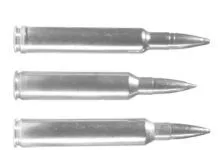
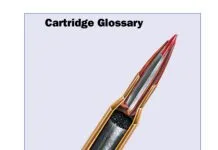
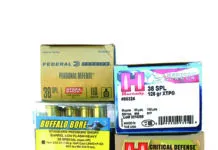

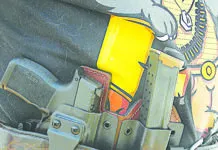


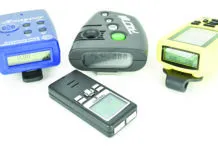








Where is Top 380 ACP Pistols & Gear, Part 1? Search does not show where it’s being hidden.